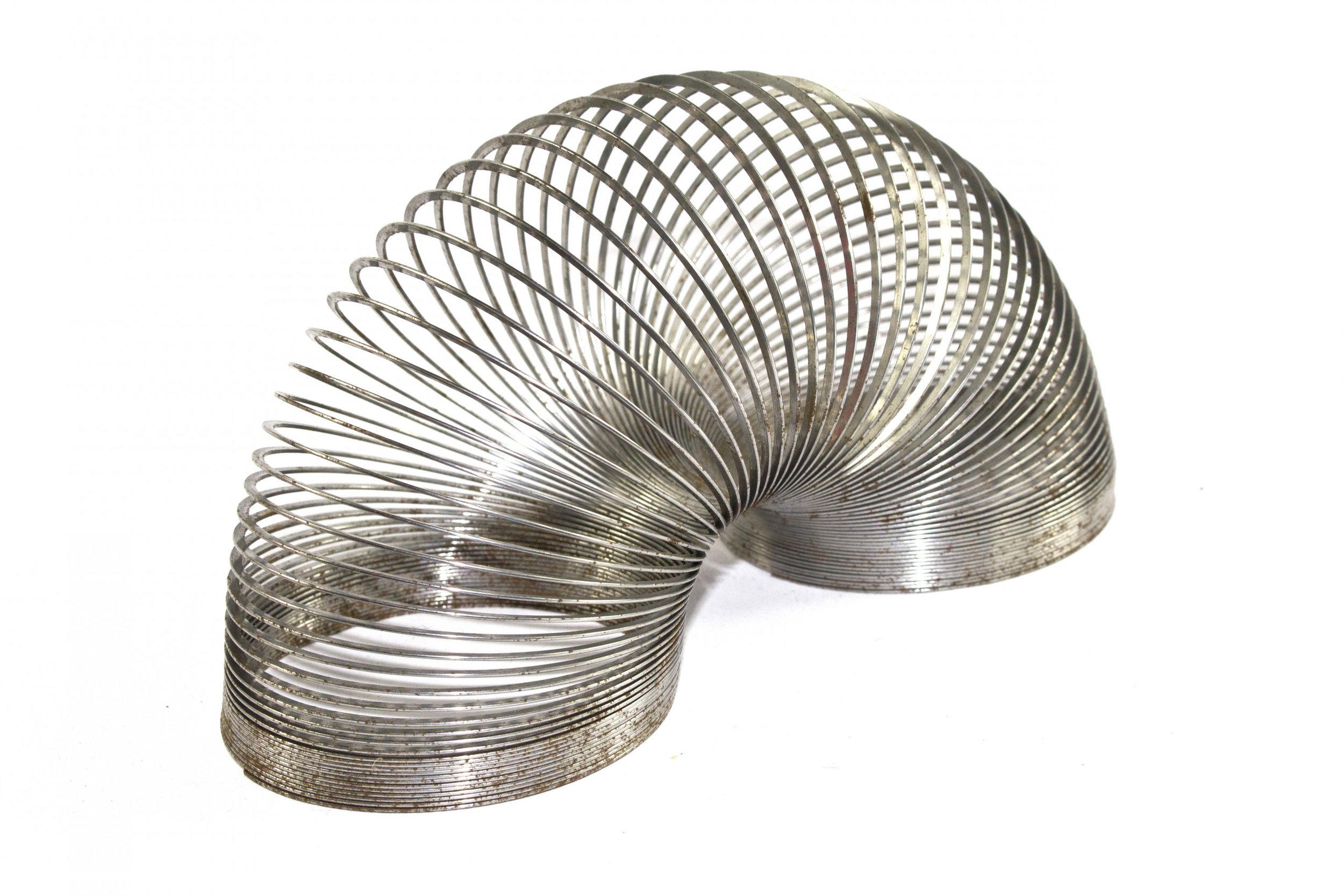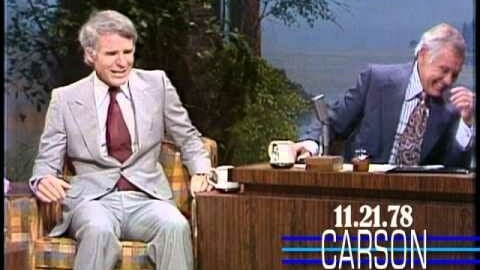Like so many magical stories of childhood, this one begins with a most familiar phrase…
Once upon a time (say about 1950 to 1980 or so), Baby Boomers all over North America rushed to their mailboxes in late August or early September, hoping to find the Sears Christmas Catalog – or simply The Wish Book as it eventually came to be called – waiting for them.
The annual catalog was filled with pages and pages of toys, games, sporting items, scientific instruments, books, bicycles, and bright, shiny wagons guaranteed to thrill youngsters who looked at its pages.
Whenever they had free time, children of all ages would rush to their favorite sitting spots and, with excited eyes, spend hours perusing the big book in hopes of finding the gifts from Santa and family that would make for a perfect Christmas.
The catalogs were so popular that even today siblings in their 60s recall arguing over who would get to read the books first.
Actually, the widely popular Wish Book was just one of a series of catalogs that Sears published, beginning with the initial non-holiday one mailed to potential buyers in 1894.
The first Christmas catalog arrived in homes in 1933. Featured items in that book included the then-popular Miss Pigtails doll, Lionel electric train sets, a Mickey Mouse watch, and even live singing canaries.
The cover of 1933 offered illustrations displaying some of the featured items found in the 87-page catalog. The next year Sears started the tradition of putting warm, colorful Christmas scenes on the cover and a holiday icon was born.
As its popularity soared, the catalog continued to grow, reaching its maximum size of 605 pages in 1968, four years after the last of the Baby Boomers were born.
Interestingly, while almost everyone nostalgically remembers the catalog as filled with nothing but toys, that isn’t true. The initial 1933 book offered 62 pages of gifts for adults and only 25 pages of toys. In 1968, there were 380 pages for adults and 225 devoted to youngsters.
By 1943, the catalogs were being heralded as “a mirror of our times, recording for future historians today’s desires, habits, customs, and mode of living.”
That message proved prophetic.
Today, producers of Hollywood movies and Broadway shows frequently refer to old catalogs for styles of a specific period, while cultural historians use them to examine life in days long gone.
However, as is the case with so many things of the past, the Christmas Wish Book fell victim to changing times, specifically modern trends in retailing and technology. The company decided to halt producing the large catalogs for Americans in 1993.
Now obviously, youngsters today are just as excited about the holidays as their counterparts of the past. So what do they do? Instead of spreading the big-book catalogs on their laps, they now grab their computers or portable electronic devices to track down toy listings online.
Of course, what technology takes away in one form, it often saves in another.
For example, very few of us still have our favorite Sears catalogs from the past. But in 2006, two catalog preservation enthusiasts came up with the idea of WishbookWeb.com, and since that time have been scanning and posting holiday catalogs online, allowing nostalgic viewers to relive their childhood Christmas dreams.
A word of warning, however. If you are a Baby Boomer who decides to trigger some Christmas memories by visiting that site, beware.
The internet’s Ghost of Christmas Past is strong and you just might find yourself drawn into the burgeoning world of collecting toys, games, and other items from the ’50s to the ’80s you once had or always wanted to possess.
For some, it might be returning to that Barbie collection you so recklessly gave away when you moved into your first apartment. For others, it might be classic Matchbox or Hot Wheel cars, colorful Hula hoops, or even original Mr. Potato Head sets (where you would still have to use actual potatoes).
As for me, I was once hooked on Marx playsets. I believed that between Santa, my parents, and my allowance, I had at one time or another possessed every set Marx ever produced. The Blue and the Grey. Roman gladiators. The Wild West. The Alamo. World War II. I had them all.
But in the course of researching this article, I found two obscure ones I never had.
Of course, that discovery left me with a big Christmas problem. How could I get those two sets 50 years later?
I don’t think I have enough time to write Santa, mail my letter to the North Pole, and have the jolly fellow construct and deliver the two sets by Christmas Eve.
So does anyone out there know if Santa has a personal email address or a secret Skype number?
















